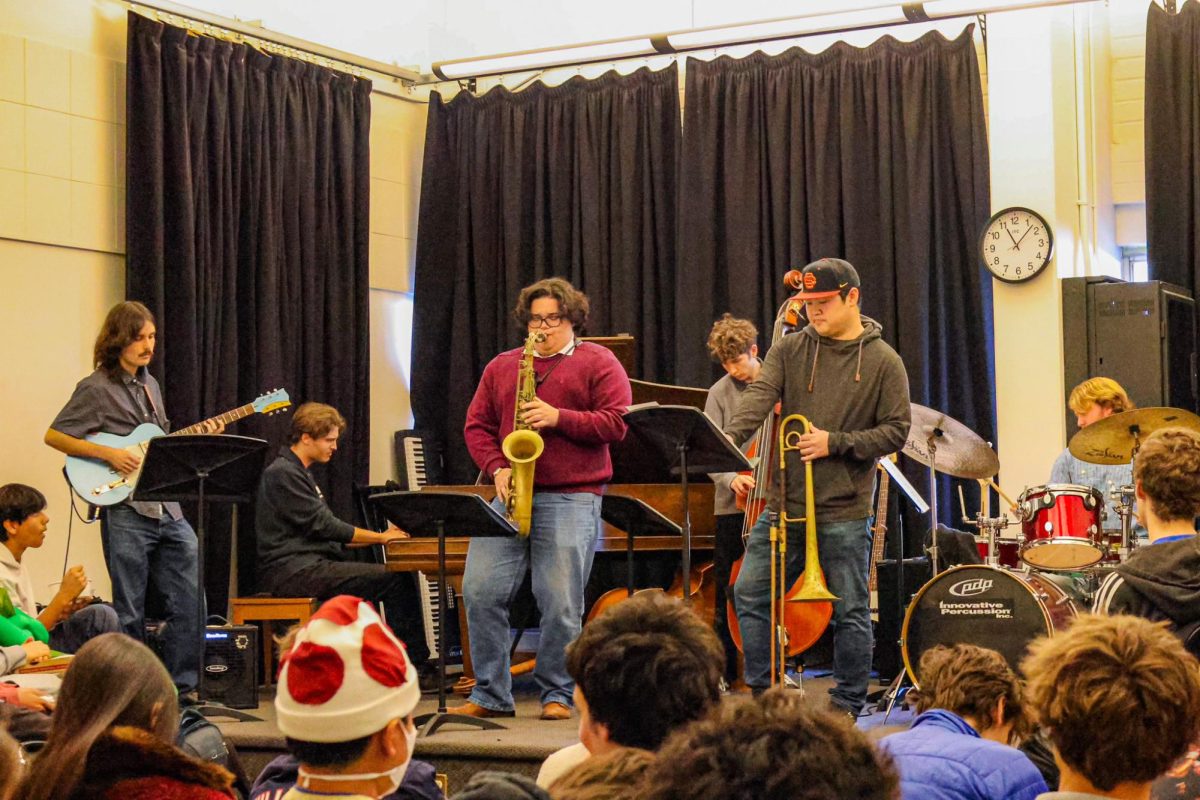Tate Castro ’13 sat at her kitchen table one summer afternoon, pen in hand, pad of paper at the ready. She was brainstorming, admittedly a little early, for a very big gift that she’d been waiting for a long time – her graduation present.
“Would you like to go to Europe?” her mom asked her, “Or maybe you want to take a cruise somewhere?”
She sat there, staring at the page of college-ruled paper filled with ideas, all blurring together. She had a list of possibilities sitting right in front of her, but nothing seemed to catch her attention. She wanted to do something for graduation that was unique. That’s when, thousands of miles up above, she heard a plane shoot through the August sky. And just like that, she knew exactly what she wanted to do.
“Ever since I was little, I’ve always been fascinated by planes,” Castro said. “I remember telling my mom when I was a lot younger that one day, I wanted to be able to fly because I thought it was the coolest thing.”
At first, her mom was hesitant to let her fly because, as any parent of a teenager would be, she was concerned for her daughter’s safety.
“What about skydiving instead?” her mom asked her, imploring her daughter to change her mind.
“I reassured her that I would be safe and that it was something I really wanted to try,” Castro said.
To her excitement, her mother eventually agreed and Castro couldn’t have been happier.
“I wanted to do something different, not common or generic,” she said.
Soon, Castro will begin the process of receiving a license, or what the Federal Aviation Administration calls a pilots certificate. She’ll be 18 by the time of graduation next June, but according to the FAA’s website, someone can actually receive their certificate when they turn 17. There is also no age limit to fly, just as long as you are medically qualified.
In order to get her license, Castro must take pilot lessons at a licensed aviation or flight school. Typically that can cost from about $3,000 to $4,000 for simple ground school and flight training. Next, she has to receive clearance from a licensed medical doctor and must make sure her vision is near perfect. Then, she must take the training course for three to five weeks and at the end of those weeks, she will be required to take a written FAA test. After passing the test, Castro must then complete 30 to 40 hours of flight time with a licensed instructor and finally, take a solo flight. If she passes, she will be capable and legally allowed to fly small, single-engine airplanes and fly passengers.
“I can’t wait to do this,” Castro said. “I’ve dreamed about it for a long time and to me, it’s an experience I’ll never forget.”




























